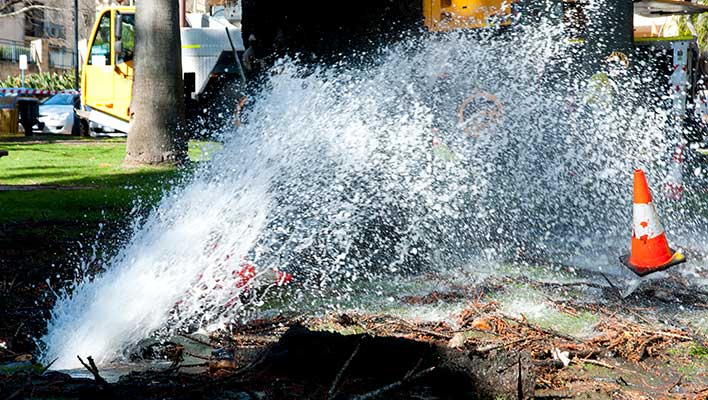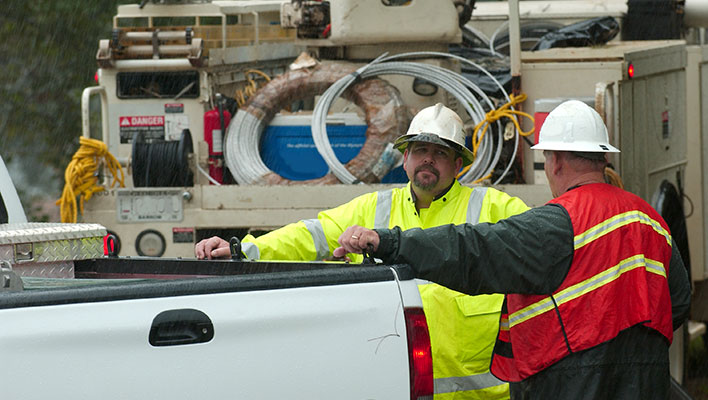Transformers were blown, poles snapped in two and wires dangled everywhere. The event had raged just as fast and hard as it left and now the time had arrived for restoration and clean-up. But after a grid crippling incident capable of this kind of destruction, where does a utility begin? How can they know what needs to be repaired first and what crews and equipment to send to a ravaged area? How can an operation make the most of emergency management minutes that are quickly wasting away valuable time, labor opportunities, and consumer confidence?
At the foremost of things to do after an emergency is activating a mobile workforce management like ARCOS Damage Assessment. The damage assessment software transmits fast, accurate damage reports in real-time to OMS and ARCOS dashboards. This allows operators to act quickly to reduce the time it takes to repair any damage done by a storm or cataclysmic event. A guided assessment lets field operatives immediately report any jobs that need to be accomplished, and the materials and possible equipment needed to complete the work. All the data gathered is displayed on a map and layered on a utility’s GIS system. Estimated Time of Restoration (ETR) is made more exact, helping boost customer trust and ultimately, CAIDI and SAIDI scores.
For municipal and cooperative utilities, ARCOS Mobile Workbench performs damage assessment in a similar fashion but in a more all-encompassing way. Not only can the solution map, define, and distribute equipment and inventory necessary to complete a job, it can create the work ticket and allow dispatchers to find the right crews to fix trouble spots and send them on their way. It gives a utility the ability to manage both people and work in one system. Through an advanced API, ARCOS Mobile Workbench can also be tied into existing systems so all data collected during a particular event can be leveraged by each application in any environment.
What both solutions deliver is full situational awareness. It’s allowing field ops, dispatchers, administrators, and everyone involved in the restoration process a bird’s eye view of what’s really going on, what needs done, who can do it, and where they need to go next. It’s knowing what you don’t know, and that gives a response finesse, agility, and speed.
Contact us to learn more about ARCOS’s utility resource management software and how you can improve damage assessment, emergency, and incident management.




